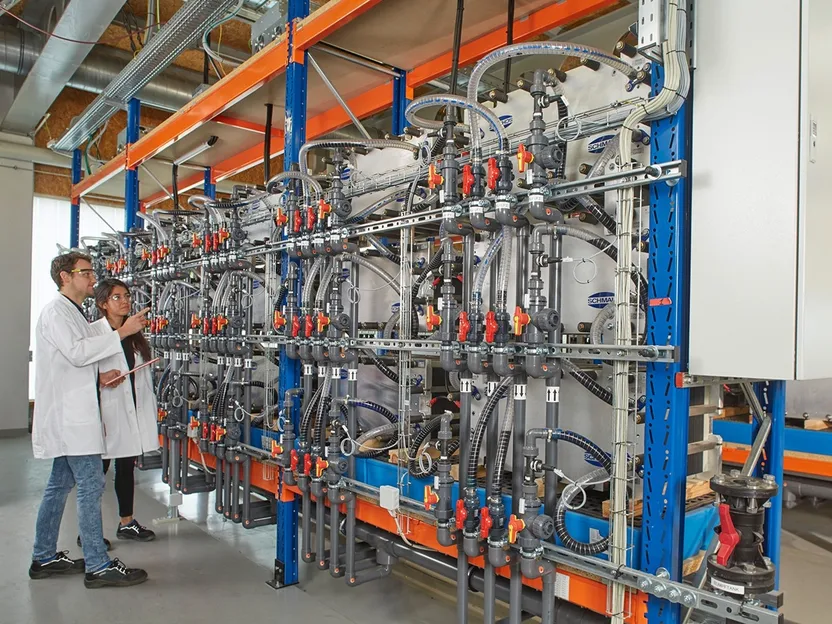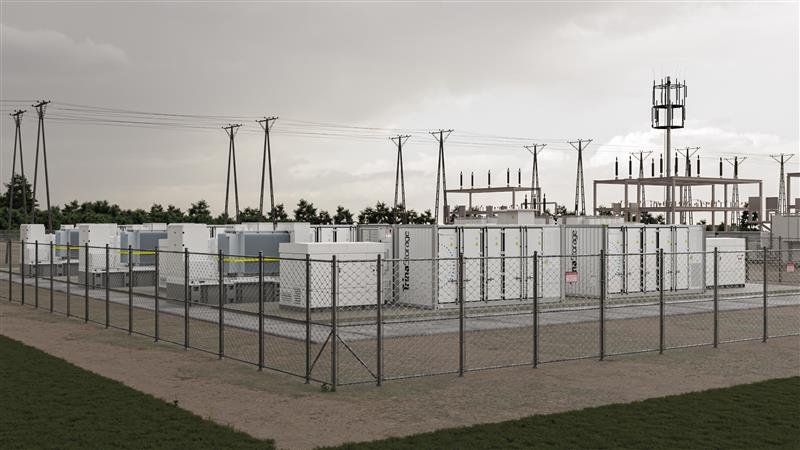Europe’s largest vanadium redox flow battery, located at the Fraunhofer Institute for Chemical Technology, has reached a significant research goal. In a controlled test, researchers successfully demonstrated how renewable energy sources, such as wind and solar, can be integrated into the power grid in a predictable way, irrespective of weather conditions. This achievement addresses a critical challenge in the energy sector, where excess green electricity often goes unused or leads to negative pricing when generation exceeds demand.
The large-scale battery system allows for the temporary storage of surplus renewable energy, enabling it to be released into the grid when needed. Dr. Jens Noack, Team Manager for Flow Batteries at Fraunhofer ICT, stated, “We have shown that renewable energy can be managed intelligently with our storage platform.” This innovation marks a key advancement toward establishing a more stable and flexible electricity system powered by renewable sources.
Developed entirely with German components and expertise, the modular vanadium redox flow battery serves as a research and development platform. It is designed for testing and improving new storage technologies and components in collaboration with industrial partners from Germany and beyond. This effort highlights the potential of localized innovation in advancing renewable energy solutions.
The integration of such energy storage systems is crucial for optimizing the use of renewable resources, particularly as countries strive to meet ambitious climate targets. By effectively managing energy supply and demand, this technology can help stabilize the grid and reduce reliance on fossil fuels.




